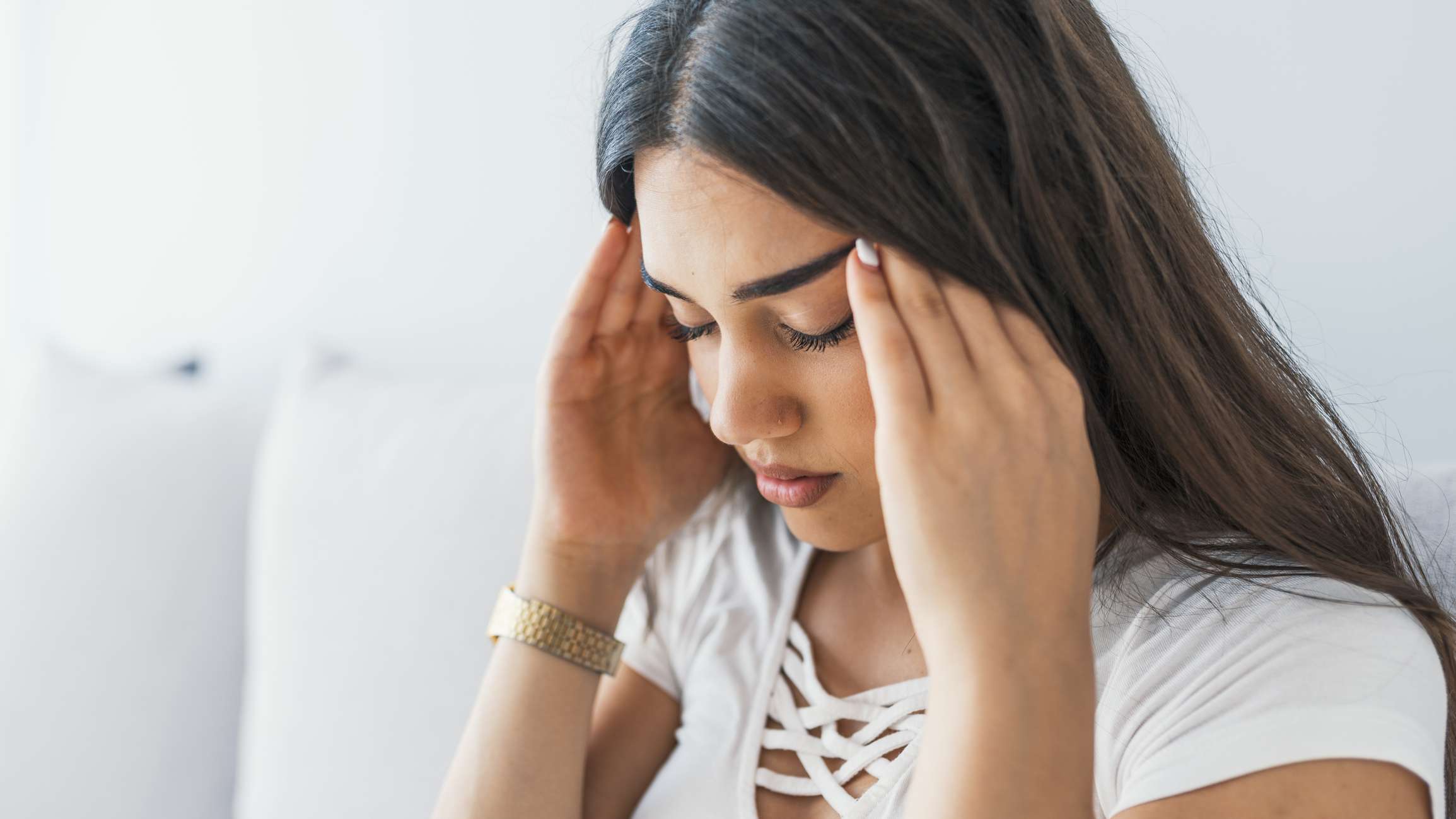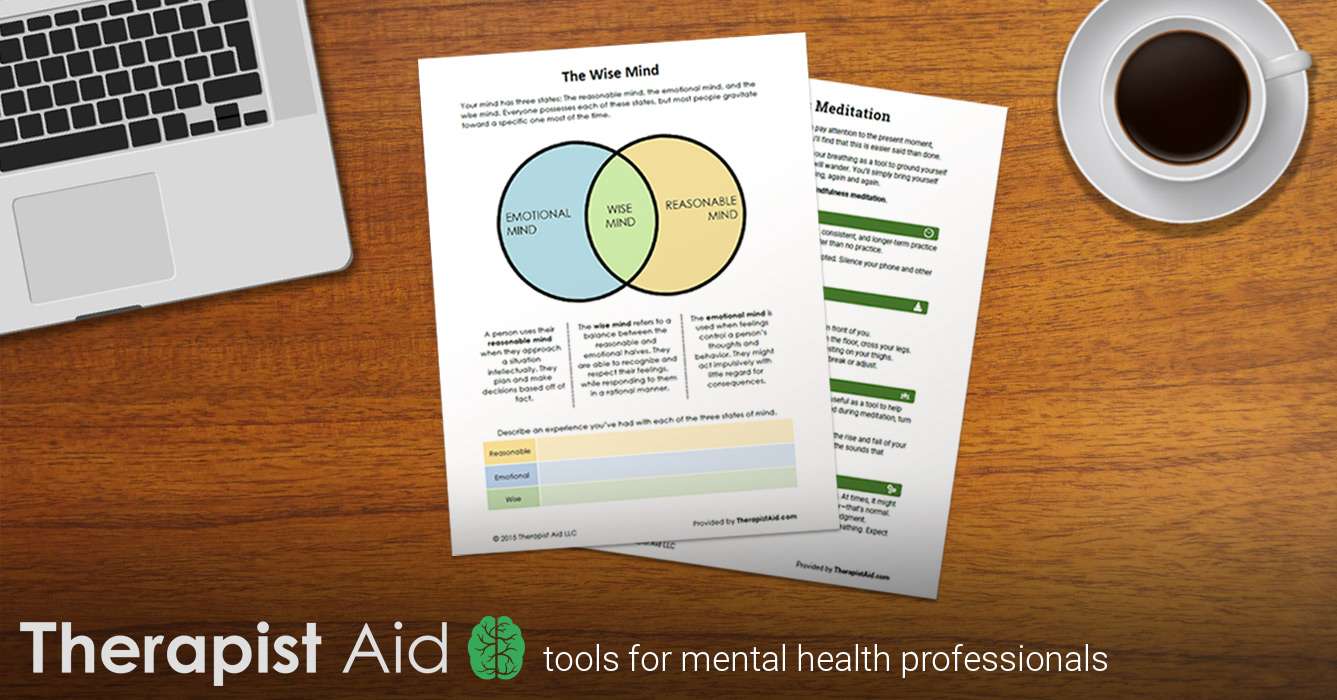Bipolar disorder and depression share many of the same symptoms, but there are several key differences between the conditions. Depression (sometimes referred to as “unipolar depression”) and bipolar disorder (or “bipolar depression”) are two distinct conditions that need to be treated differently.
It’s very important that a person gets the correct diagnosis so they can receive proper treatment. Unfortunately, it can be difficult to tell the difference between the conditions, and misdiagnosis can happen.
Can Depression Turn Into Bipolar Disorder?
While an episode of clinical depression can be a feature of bipolar disorder or unipolar depression (major depressive disorder), it is not always easy to predict if the episode indicates the presence of bipolar disorder. Ongoing treatment and re-assessment is necessary before a determination can be made.
It can be difficult to cope with a new or unexpected diagnosis, but having an accurate diagnosis is necessary to ensure the condition is treated properly.
Why Misdiagnosis Happens
While there are some characteristic features of each condition, many symptoms of bipolar disorder and depression overlap. When people have both conditions at the same time, or another factor such as substance use, making an accurate diagnosis can be challenging.
Symptoms of Clinical Depression
:max_bytes(150000):strip_icc()/1066910-top-depression-symptoms-5ae724e38023b90036653091.png)
Verywell / Joshua Seong
Although there are different types of depression, which can have unique characteristics, there are some symptoms that most people with depression feel at one time or another, such as:
- Feeling profoundly sad, hopeless, or empty
- Getting angry, irritated, or frustrated easily
- Sleeping too much (known as hypersomnia) or having insomnia
- Poor concentration or trouble focusing
- Not feeling hungry or overeating
- A lack of interest in hobbies, work, socializing
- Low or no sex drive
- Self-harm, suicidal thoughts or attempts
If you are having suicidal thoughts, contact the National Suicide Prevention Lifeline at 988 for support and assistance from a trained counselor. If you or a loved one are in immediate danger, call 911.
For more mental health resources, see our National Helpline Database.
Typically, a person must have symptoms every day for two weeks or longer to be diagnosed with depression.
People with depression may also be likely to have comorbid anxiety disorders. People with bipolar disorder can experience anxiety as well, including generalized anxiety disorder (GAD).
Symptoms of Bipolar Disorder
Bipolar disorder is a mental disorder in which a person experiences alternating periods of depression with symptoms similar to unipolar depression and periods of mania. Periods of mania are defined by elevated mood and high energy.
While in a manic state, a person can feel very good. Compared to feelings of depression, manic symptoms may not be especially troubling. Manic episodes can also be infrequent, with gaps as long as several years occurring in between them. When symptoms do occur, they can be mild.
Symptoms of mania may include:
- Feeling restless, increased activity or energy
- Euphoria, excitement, “big” ideas (grandiosity)
- Having trouble focusing, getting distracted, thinking about many different things
- Aggression, getting angry or irritated easily
- Sleeping less but still having energy
- Increased sex drive
- Delusions, hallucinations (severe mania)
In some cases, a person with bipolar depression may not mention manic symptoms to a doctor or therapist unless, or until, they become severe.
Types of Bipolar
It’s important to know that there are two types of bipolar disorder: bipolar 1 and bipolar 2. While the symptoms of each type are similar, they differ in frequency and duration.
:max_bytes(150000):strip_icc()/378810-difference-between-bipolar-i-and-ii-5b0835e5eb97de0037a9f03e.png)
Verywell / Hugo Lin
Bipolar 1 disorder typically involves at least one major depressive episode. How it’s different from depression is that people with bipolar disorder have also experienced at least one manic episode. In bipolar 1, people may alternate between periods of depression and mania.
In bipolar 2 disorder, a person may not experience mania. Rather, they may have a lesser form (hypomania) interspersed with depression. When symptoms are subtle, people may not realize they are experiencing mania. The “lows” of depression may be more obvious or recognizable, which can contribute to a misdiagnosis of depression.
People with either type of bipolar disorder can experience the following symptoms, depending on whether they are experiencing a manic or depressive phase.
Overlapping Symptoms
There are many symptoms that are common to depression and bipolar disorder. When a person with a type of bipolar disorder is experiencing a depressive episode, it can look (and feel) very much like a classic bout of depression.
People with depression or bipolar disorder can experience low mood, trouble sleeping, changes in appetite, and problems focusing. They are also at risk of self-harming, including suicide. Individuals with bipolar disorder often have issues with excessive sleep and overeating, which can help distinguish between MDD and bipolar disorder.
One of the primary ways to distinguish bipolar disorder from depression is the presence of manic symptoms, but a person may seek treatment for their depressive symptoms before they have experienced a manic episode.
Sometimes, people do not recognize that they have had an episode of mania—especially with a more subtle, hypomanic episode.
How Substance Use Can Affect Diagnosis
Substance misuse can complicate mental illness diagnosis in a number of ways. A person who is using substances such as alcohol or drugs may exhibit behaviors or symptoms that look like bipolar disorder.
Misdiagnosis can occur if a provider does not know the person is using substances and attributes symptoms related to use with bipolar disorder. But some research has suggested bipolar disorder may be misdiagnosed even when a clinician is aware of a person’s history of substance use.
Alternatively, people who are using drugs or alcohol may not be correctly diagnosed with bipolar disorder if their symptoms are attributed to substance use rather than underlying bipolar disorder.
Substance use disorders frequently co-occur with many mental illnesses, including bipolar disorder and depression.
Complications of Misdiagnosis
One of the potential complications of misdiagnosis is that bipolar disorder and depression require different treatments. Unfortunately, antidepressants, the treatment of choice for depression, may not work for people with bipolar disorder.
In fact, when people with bipolar disorder take certain antidepressant medications, their symptoms can become worse. Their mood may become unstable and they may have an increase in the frequency of manic episodes. If F has not yet had a manic episode, these medications may trigger them to experience one.
Rather than antidepressants, most people with bipolar disorder need treatment with mood-stabilizing drugs, such as lithium.
Reducing the Risk of Misdiagnosis
Clinicians can take several steps to ensure they are making an accurate diagnosis. The risk of misdiagnosis is still present, but it can be reduced. If you are working with a doctor or mental health professional, there are a few approaches to your assessment they may use to help them provide the most accurate diagnosis possible.
History Taking
A doctor or mental health professional will start by asking you about your symptoms. As it can be difficult for people to explain their feelings or note patterns, it can also be helpful for them to talk to your loved ones, as they may have noticed changes in your behavior or made other observations about your mood—some of which you may not even be aware of.
Clinicians may make a special point to ask about the symptoms associated with mania, such as elevated mood, irritability, or reckless behavior.
They may also ask about a family history of mental illness. If a person has a first-degree relative with bipolar disorder or a history of manic episodes, they are at a higher risk for bipolar disorder. If someone has not been formally diagnosed but experienced a manic episode after starting an antidepressant, that may also indicate bipolar disorder rather than depression.
Your doctor will likely ask questions about the onset of symptoms. The symptoms of bipolar disorder tend to start abruptly and make come on earlier (teens or early 20s). Depression, on the other hand, may be more gradual and can develop any time—even in childhood.
People with bipolar disorder also tend to experience change or “recovery” of symptoms (from low mood to feeling better, for example) more quickly than people with depression. In general, people with depression do not experience alternating moods—they feel “low” most or all of the time. These bouts of depression also tend to last for long periods of time, whereas people with bipolar disorder may have shorter bouts of depression.
Diagnostic Tools
The Mood Disorder Questionnaire, the Bipolar Spectrum Diagnostic Scale, and the Hypomanic Personality Scale are some of the diagnostic instruments used to screen for bipolar disorder. These tools focus on questions about potential mania and hypomania symptoms, which are important for distinguishing between a diagnosis of bipolar and unipolar depression.
Clinicians will also want to find out if you have experienced any symptoms of psychosis, such as hallucinations. While psychotic symptoms can occur in other mental health disorders, it’s also a feature that can help distinguish between bipolar disorder and depression.
Follow-Up
Your doctor or mental health professional may want you to try mood charting to help keep track of your symptoms. This practice can be especially helpful for detecting episodes of hypomania and tracking the frequency of mood swings. You may be asked to keep a log of your mood after starting an antidepressant.
If you develop new symptoms (such as mania) or worsening symptoms after starting these medications, it may indicate that you have bipolar disorder rather than depression.
Staying in contact with your mental health care team while you are in the process of being diagnosed or starting treatment is important, especially if you are trying medications. In some cases, antidepressants can make symptoms of depression worse. If you are under the age of 25, the risk of suicidal thoughts can increase—which is why antidepressants have a black box warning from the FDA.
If you, or your loved ones, notice a change in your behavior that is worrisome, talk to your doctor or psychiatrist. They may decide you need another type of treatment.
Do not stop or take less of the antidepressant you have been prescribed unless you are being supervised by your doctor or psychiatrist. If you want to stop taking a medication or switch to a new prescription, ask your doctor how to safely reduce your dose to avoid withdrawal.
A Word From Verywell
Even when a doctor or mental health professional is thorough in assessing your symptoms and history, misdiagnosis can still happen. You can help by being as accurate and detailed as you can when reporting your symptoms to a clinician. If the diagnosis you have been given doesn’t feel like the right fit, it’s important that you express these concerns to your health care team. It may help to be assessed by another practitioner. Your mental health and well-being depend on receiving an accurate diagnosis and having access to the treatment that best suits your needs.




